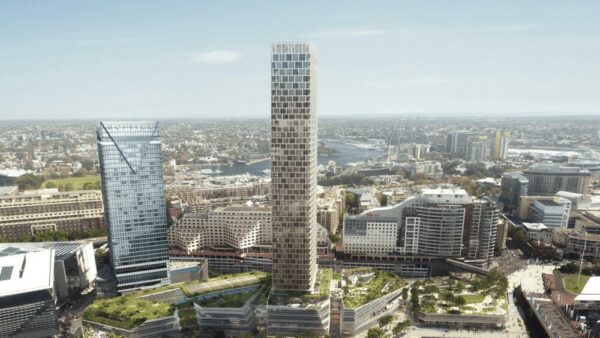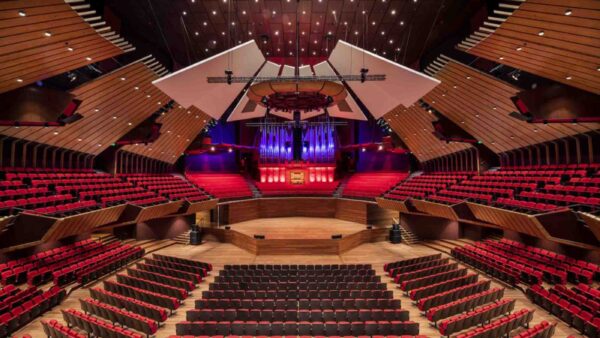UK police are considering manslaughter charges following the deadly inferno at London’s Grenfell Tower on 14 June as they revealed today that both the insulation and the tiles on the building failed safety tests.
Overseeing the investigation, the Metropolitan Police’s Det Supt Fiona McCormack also revealed that the fire was started by a fridge-freezer and was not deliberate.
Thousands of people face possible evacuation from residential towers clad in systems similar to Grenfell’s, it emerged yesterday as the crisis in tower fire safety cascaded across the UK.
Confusion over building regulations also continued as Prime Minister Theresa May avoided pointed questions in parliament yesterday over whether the cladding on Grenfell Tower fell foul of the rules. She said an investigation would report within 48 hours.
Last night the communities secretary Sajid Javid wrote to MPs saying that so far 11 tower blocks have cladding similar to Grenfell Tower, but the number could rise as cladding samples from hundreds of high rises around the country are being dispatched for urgent testing at research company BRE.
In his letter Sajid Javid said the Grenfell tragedy had “shaken his comprehension” of what it meant to be a cabinet minister, reports The Guardian.
Tenants around the country may have to wait a week to find out if they are at risk of fire as local authorities raced to test all 600 high-rises with cladding in England, reported The Times. Up to 100 towers a day are now being tested.
Grenfell Tower remains ground zero of the crisis with urgent questions remaining.
Police said insulation recovered from the tower was tested, as were tiles of the same kind used on the building. Both failed, with the insulation proving “more flammable than the cladding”. Investigators will now try and establish whether the use of these materials was illegal.
“Preliminary tests show the insulation samples collected from Grenfell Tower combusted soon after the tests started,” Det Supt McCormack said in a press conference this morning, reports The Guardian. “The initial tests on equivalent aluminium composite tiles failed [also].”
Manslaughter charges are among the charges being considered, she said, adding that documents and materials had been seized from a “number of organisations”.
As the fallout from the crisis widened yesterday, London’s Camden Council said it would remove external thermal cladding from five tower blocks on one of its estates. The BBC reports that tests carried out on at the Chalcots Estate showed the cladding fitted to the tower blocks to be identical to that at Grenfell.
The private sector has been affected, too, with hotel chain Premier Inn telling the BBC’s Newsnight programme that it was “extremely concerned” about the cladding on three of its hotels. It said an urgent review found hotels in Maidenhead, Brentford and Tottenham did not appear to comply with government guidance for tall buildings.
The crisis could have political ramifications as questions mount over the suitability of the UK’s building regulations pertaining to fire safety, a review of which is thought to be overdue.
More than 70 leading organisations and figures from the UK’s health and safety profession have pressed for the government urgently to complete its review of the fire regulations in an open letter to the prime minister, reports Construction Manager.
The collective is pressing the Government to complete its review of Part B of the Building Regulations 2010 – the regulations which cover fire safety within and around buildings in England – as a matter of urgency, and to include a focus on improved safety in the forthcoming Parliament.
The letter is signed by the Institution of Occupational Safety and Health (IOSH), Park Health & Safety, the Royal Society for the Prevention of Accidents (RoSPA) and the British Safety Council, among others.
Image: The charred remains of Grenfell Tower taken from near Bramley Road, London (ChiralJon/Creative Commons)
Comments
Comments are closed.







I agree with Kenneth Ferguson everyone in the business should know and advise on the rules and regulations.
The police should not just be considering manslaughter it is out right manslaughter
have we yet heard about the toxicity of smoke/fumes/other debris generated by the fire?
for instance – didn’t buildings of grenfell tower’s time use asbestos?
The wrong materials were specified and so the person or persons who authorised the use of inflammable materials should be charged with manslaughter and the authority charged responsible charged with corporate manslaughter, whether the materials complied with the building regulation or not.
Designers and specifier must design to address the risk and not design to the minimum level within the regulations.
The incident had nothing to do with a shortage of money, the money was available but was badly spent.
Agree with Kenneth Ferguson,
The building obtained a BREEAM rating which I wouldn’t mind betting absorbed a large part of the budget given the amount of time, effort and consultants involved. Would the money have not been better spent on occupants safety? I am all for providing better insulated buildings to reduce running costs but to have to sign up to a system that costs a small fortune in my view is misguided money. We, as an industry need to get back to basics. People safety first followed by comfort and efficient buildings.
Asbestos is one of the most fire resistant materials going. I would not worry about ACMs unless they have been damaged by falling debris etc. the fumes from cladding/insulation are far more deadly than asbestos.
The upgrade cost nearly £9 million for 120 flats, that is just under £75,000 per flat. For about 50 sq m of insulation, cladding, a few windows and maybe some other alterations. How can that be reasonable ? No wonder so many high-rise flats have been knocked down.
I am a business director in a cladding manufacturer for many years. When I saw the flame went up the cladding so fast on the TV, I suspected it was ACP (Aluminium Composite Panel) with a flammable insulation backing. I believe this would now now be the case. ACP with flammable insulation is the cheapest version of cladding globally currently and there are tens of thousands of buildings using them, not just in U.K.! Government in different countries shouid carry out major review as soon as possible
Tim Chiu
MCIOB
In today’s world, are we surprised at these disasterous but preventable events – NO! There is a lack of responsibility, attention to detail & supervision & budget restraints, from top to bottom of the construction process today!
Is it now time to consider fitting drenchers to the outside of buildings alongside invasive inspection to ensure suitable compartmentation and stricter control on housekeeping matters?
Fire risk assessments should be extended to include the dwelling and action against bad tenants and landlords more strongly enforced.
All owners of the tower blocks must have the details of any materials used in any recent refurbishment – it is part of the building information pack which gets handed over to the owner at completion of works (as I remember, it is/was in the CDM Regulations). Therefore, the first in the first instance, they should be checking their information and checking with the manufacturer whilst waiting for tests to be carried out. That way, the most suspicious materials can be tested as a priority.
It is not just the inflammable materials used in the cladding and insulation. It would appear that there was a 50mm void behind the cladding and if the fire breaks at each floor were omitted, initially to accommodate ducts, but not subsequently fitted then the ‘flue effect’ behind the cladding would help to explain how the fire spread from the 4th to the 23rd floor in fifteen minutes.